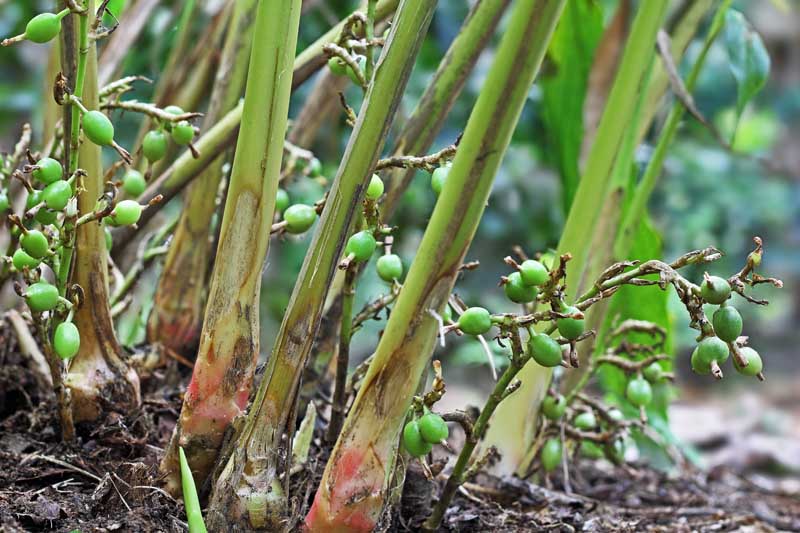Cardamom, often referred to as the “Queen of Spices,” is a fragrant and exotic spice that has been cherished for centuries for its culinary and medicinal properties. This aromatic gem hails from the ginger family and is native to the lush rainforests of southern India. Its unique flavor profile, which combines citrusy, minty, and spicy notes, makes it an indispensable ingredient in cuisines worldwide. In this article, we will explore the history, culinary uses, health benefits, and cultural significance of cardamom.
A Historical Journey
The history of cardamom can be traced back over 4,000 years to the ancient civilizations of India and Sri Lanka. It was highly regarded in these regions for its culinary and medicinal properties. In ancient Egypt, cardamom was used in perfumes and incense, while the Greeks and Romans prized it for its aromatic qualities.
During the Middle Ages, cardamom became a valuable commodity in the spice trade, connecting the East and West. Arab traders played a crucial role in spreading cardamom throughout the Middle East and Europe, where it was adopted in both sweet and savory dishes.
Culinary Uses
Cardamom is an incredibly versatile spice that can be used in a variety of culinary applications. Its distinct flavor enhances both sweet and savory dishes. Here are some popular uses:
- Baking: Cardamom is a key ingredient in many baked goods, such as Scandinavian sweet breads, Indian desserts like gulab jamun, and Middle Eastern pastries like baklava.
- Curries and Stews: It is a common ingredient in Indian and Middle Eastern savory dishes, lending a warm, spicy depth to the flavors.
- Coffee and Tea: In some cultures, cardamom is added to coffee and tea, imparting a delightful aroma and flavor. This is especially popular in the Middle East, where cardamom coffee, or “gahwa,” is a cherished tradition.
- Spice Blends: Cardamom is a component of many spice blends, such as garam masala in Indian cuisine and ras el hanout in North African cooking.
- Desserts: Apart from traditional sweets, cardamom can also be found in ice creams, puddings, and chocolates.

Health Benefits
Beyond its culinary appeal, cardamom is also celebrated for its potential health benefits. Some of the notable advantages include:
- Digestive Aid: Cardamom is known for its digestive properties. It can help alleviate indigestion, bloating, and gas.
- Antioxidant Properties: The spice is rich in antioxidants, which can help protect cells from damage caused by free radicals.
- Anti-Inflammatory: Cardamom contains compounds that may have anti-inflammatory effects, which can be beneficial for reducing inflammation in the body.
- Oral Health: In some cultures, cardamom is used as a natural breath freshener and to combat oral infections.
- Respiratory Health: Cardamom’s aromatic properties may help relieve respiratory issues like coughs and congestion.
Cultural Significance
Cardamom is deeply woven into the cultural fabric of many societies. In addition to its use in cuisine, it is often a symbol of hospitality, warmth, and friendship. In India, it is a common ingredient in the traditional masala chai, representing the essence of sharing and companionship. In the Middle East, serving cardamom coffee to guests is a sign of respect and welcome.
Furthermore, cardamom plays a role in various religious and spiritual practices. In some cultures, it is used in rituals and ceremonies, symbolizing purification and the removal of negative energies.
Cardamom, with its rich history, delightful aroma, and versatile applications, continues to captivate the senses and taste buds of people worldwide. Whether you use it to spice up your favorite dishes, create aromatic beverages, or for its potential health benefits, this exotic spice is truly a gift from nature that adds a touch of magic to every culinary creation. So, the next time you savor a cup of cardamom-infused tea or indulge in a cardamom-laced dessert, take a moment to appreciate the centuries of tradition and culture that this spice embodies. Cardamom truly reigns as the queen of spices in the world of flavor and fragrance.


